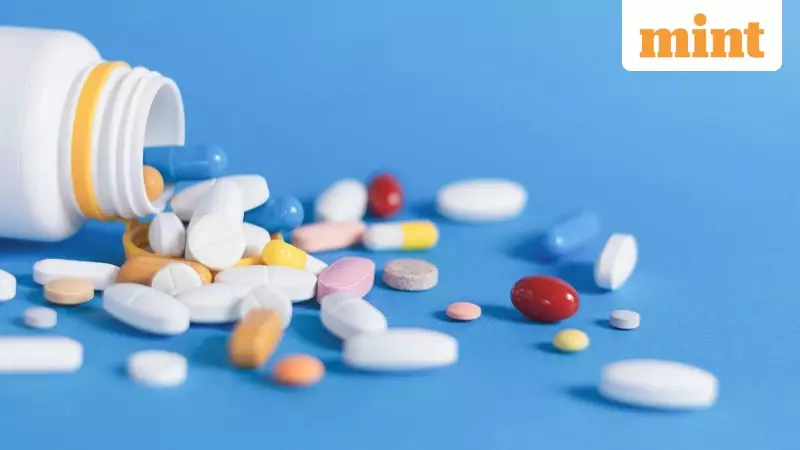
In a decisive move to tackle the escalating crisis of antimicrobial resistance (AMR), the Indian government has officially launched its next-generation national action plan, AMR 2.0, for the period 2025-2029. This comprehensive strategy aims to systematically curb the misuse of antibiotics in both human and animal health sectors, a critical step given that drug-resistant infections are now a major national health threat.
The Core Strategy: Phasing Out Misuse and Tightening Access
The revamped plan focuses on two primary fronts. First, it mandates the phasing out of non-therapeutic antibiotic use in livestock, fisheries, and agriculture. This means antibiotics will no longer be permitted for uses like promoting growth or preventing diseases in healthy animals. Instead, the policy actively encourages farmers to adopt alternatives, including traditional ethno-veterinary medicines.
Second, the government will strictly enforce rules for prescription-only sales of antibiotics for both human and animal use. This crackdown extends to over-the-counter purchases, aiming to ensure that these powerful drugs are used responsibly and only when medically necessary. An official from the Central Drugs Standard Control Organization confirmed that state authorities have been directed to monitor the sale and availability of antibiotic combinations to prevent irrational use.
The Stark Reality: A National Health Emergency
The urgency of AMR 2.0 is underscored by alarming data. According to the Global Burden of Disease study on antimicrobial resistance, AMR directly caused an estimated 267,000 deaths in India in 2021 and was a contributing factor in nearly one million additional deaths that year.
Surveillance data from the Indian Council of Medical Research (ICMR) paints a grim picture of the situation within hospitals. Resistance to last-resort antibiotics has reached critical levels. For instance, Carbapenem resistance in Acinetobacter baumannii hit 87.5% in 2021. Furthermore, multidrug-resistant (MDR) infections were found to increase the risk of patient death in Indian hospitals by 1.57 times.
Expert Insights and the Path Forward
Healthcare professionals have welcomed the government's initiative. Dr. Anand Singh, a critical care consultant at Regency Hospital in Gorakhpur, stated that by addressing non-therapeutic use in livestock and enforcing prescription-only access, the plan targets two major drivers of resistance. He emphasized that strengthening lab networks and infection control measures will be vital for early detection and containment.
The challenge is compounded by a low rate of new antibiotic development. Dr. Ravneet Kaur of Agilus Diagnostics expressed concern over the surge in multi-drug resistance, noting that high-end antibiotics are failing, especially in serious infections among hospital and ICU patients. She highlighted the immense pressure on diagnostic labs and the crucial need for public awareness, as patients often pressure doctors for unnecessary antibiotic prescriptions.
The AMR 2.0 plan is built on six main goals, which include enhancing laboratory capacity for AMR testing, checking for antibiotic residues in food, and establishing robust Infection Prevention and Control (IPC) programmes. It also promotes research and innovation for new treatments and rapid tests, with the India AMR Innovation Hub (IAIH) slated to play a key role. This holistic approach, aligned with the global 'One Health' standard, represents India's strengthened commitment to preserving the effectiveness of life-saving medicines for future generations.





